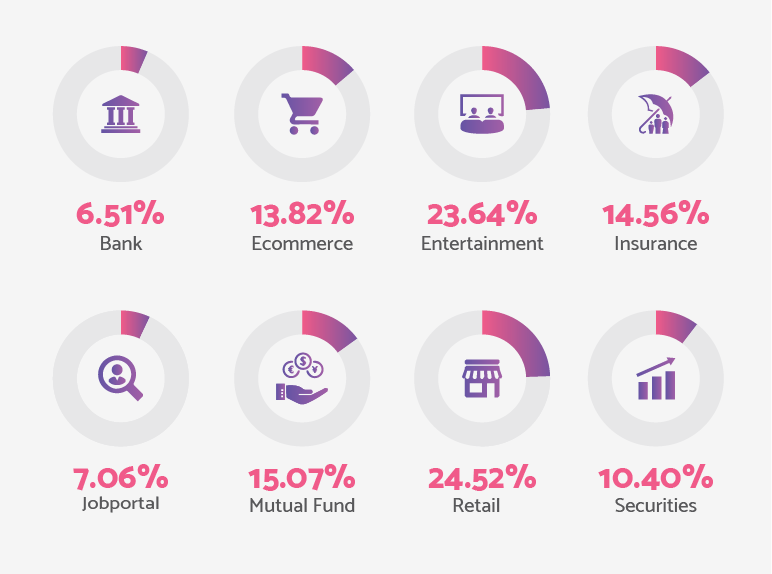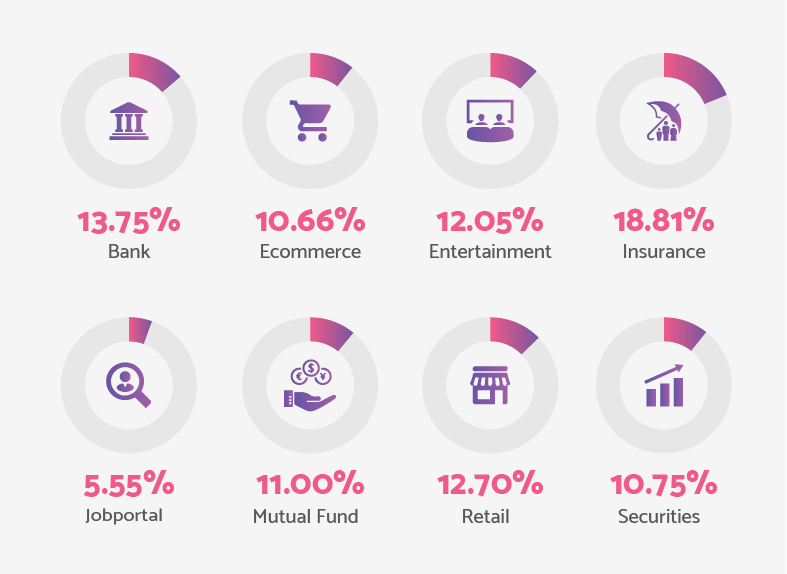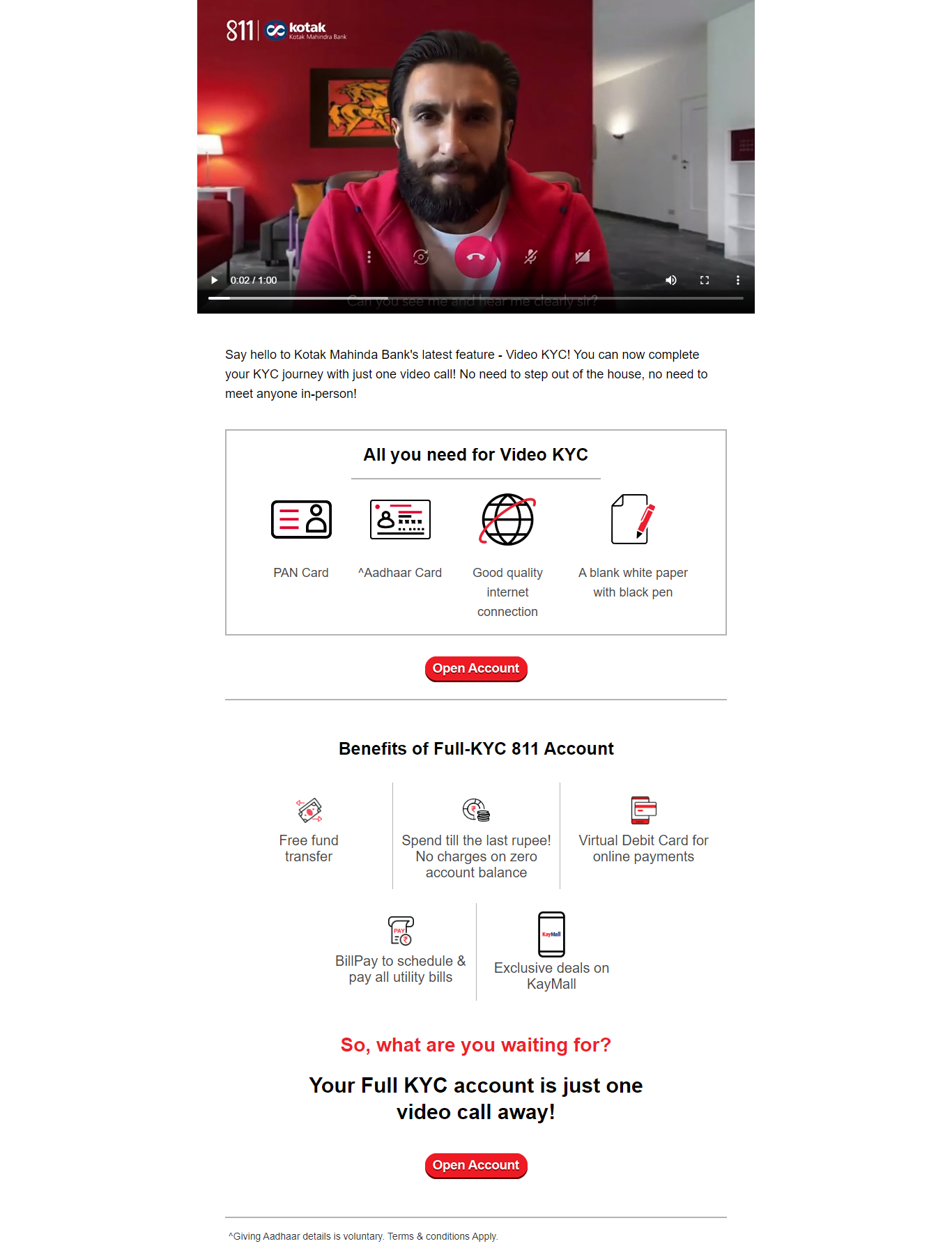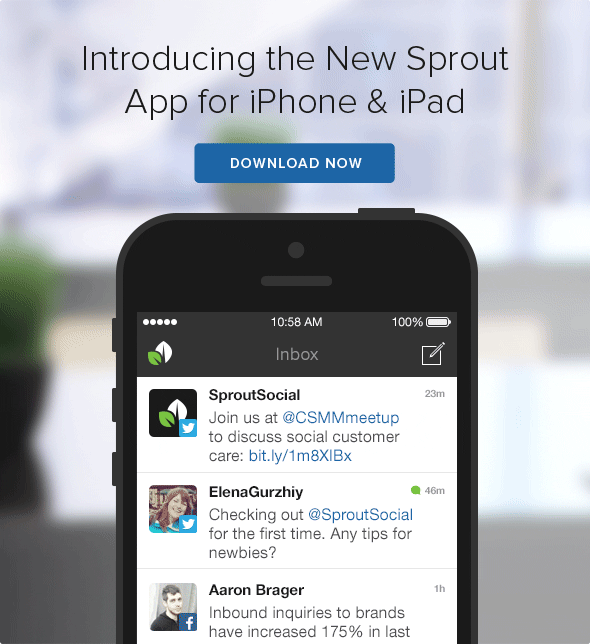The inevitable change in email metrics in 2020
Recently I was trying to buy some essentials online as our daily supply had run out.
When the online grocery store failed to deliver at my location, I was really annoyed. I reflected back on it with a calm mind and came to a clear consensus. I couldn’t recall the last time I was so pissed when a can of oil wasn’t delivered to my doorstep before the pandemic crisis began.
This is where I came to a stark truth : The COVID-19 crisis has made us rethink our immediate needs!
The global pandemic crisis changed the way we live, socialize and work. It is truly the most insane time we have had for a long period. Unfortunately, with the possibility of a vaccine still being months away, we have to live with the virus. Chad White, the head of strategic research at Oracle rightly calls it a ‘systemic shock’.
Such disruptive shocks to the economy and people’s lifestyles bring certain radical changes in customer behaviour.
Email - still the preferred channel to communicate with your customers:
In May 2020, we conducted a survey with global users during the lockdown and saw some surprising patterns of change in email habits and buying preferences.
Some insights which came as a surprise:
- Despite the anxiety and stress of being safe and working remotely, users wanted more emails!
- Almost 76% users thought email was the right channel to reach out to them by their favourite brands.
According to a survey by Marketo , 94% of average American users who use the internet check their emails regularly. 58% of those users check them first thing in the morning.
The crisis has not downgraded the effectiveness of the email channel.
Building an email roadmap for the future :
That got us folks at Netcore to think that email marketing is actually thriving during such crisis times. Digging through our global data from the months of April to June 2020, threw up some interesting insights.
The data we analyzed belongs to the time when a huge change was undergoing on the consumer side. The brands were just reacting to this new set of behaviours. In my opinion historical data always presents patterns, which can be worked upon to draw some predictions for the near future.
These predictions or a new set of metrics can be adhered to as a standard. This helps a marketer to compare their current numbers and improve on them for their email program.
Call me a cynic if you will, but the type of behavioural changes we see on the customer side, are here to stay for the next couple of years. Till large parts of the world are declared virus free, there won’t be a major shift in consumer buying or mobility.
Coming to the insights we gained through the analysis…
Personalizing subject lines still works for engagement
Industry WITH Personalization Open rate %
 Source:pepipost.com
Source:pepipost.com
Industry WITHOUT Personalization Open rate %
 Source: Pepipost.com
Source: Pepipost.com
The tactic of just inserting the first name of a potential customer in the subject line might lure him/her to open that email. Though personalizing the subject line has become an old technique, our metrics show that it is still working to get users attention.
Imagine personalizing the entire campaign content for a select audience? That could work like a charm for your clicks and ROI if you have the right content tailored to your segments.
Insights:
- There is an improvement observed in open rates, almost doubling up in instances of industries like retail and entertainment.
- There is a 3-4% increase in open rates with personalized subject lines for most of the industries. Overall personalizing the subject line has been a winner for brands.
- Personalized emails are opened 26% more than regular ones, hence make the user feel welcomed by your email and entice them to explore what’s inside.
Increased deliverability due to AI-powered delivery
|
Increase in Inbox placement due to PE in 3 months |
Increase in Open rates due to PE in 3 months |
|
20-30% |
35-50% |
PE - Predictive engagement
A little about Predictive engagement feature:
- Predictive engagement allows high engagers from the sender’s mailing list to deliver their emails on priority.
- Our AI engine Raman predicts which user will engage with the brand and prioritize sending to them using our in-house algorithms. The less engaged users are sent the emails later according to priority.
- Due to the high open rate incurred early on, the deliverability of these emails is also high and mailbox providers can then allow the less active users to also deliver to inbox. This results in improved engagement and inboxing.
Insights:
- We have seen an overall increase in inbox placement by 20-30% across brands which have enabled our AI based delivery feature. These brands are across the industry verticals like eCommerce, Travel , Banks etc
- Another great revelation has been the uplift in Open rates for the same brands by 35 to 50% in the course of 3 months.
- We witnessed an initial uplift in inboxing for brands with 78-80% deliverability rate from January to March. They improved by a 12.5% margin to 90% from April to June.
- This sizeable increase further boosted to 95% in the course of next 3 months with the same brand as a result of Predictive engagement (PE) and smart segmentation.
- The impact of AI on email deliverability is noteworthy. With these encouraging metrics, we can see an increase in adoption rate of AI/ML by marketing platforms to improve deliverability across mailbox providers.
Brands slash marketing costs and adopt a segmented approach
Crisis time called for desperate measures. Brands were in a fix due to the low demand generated and the high marketing costs involved. A majority of the brands slashed their budgets but resorted to smart segmentation practices to retain old customers. This resulted in the brand doing a lot of targeted, segmenting campaigns which increased engagement and in turn the deliverability. Velvet rope marketing seems to be the theme for sustaining loyal customers instead of new acquisitions.
Insights:
Some great inboxing percentages across the world, with all regions reporting more than 90% inboxing across the major mailbox providers.
- Africa had a lot of banking and financial brands with strict data collection practices. They seem to be having the highest deliverability statistics of the lot.
- The U.S. brands have reported an inboxing of 90% on average and India’s deliverability improved by 1% overall to 95% as compared to last year. Same goes for South-east Asia region.
- Gmail dominates the global email volume share with 72% of emails sent to Gmail inboxes.
- Segmentation of lists showed an increased engagement across industries as compared to bulk mailing. Retail sector getting 4X the engagement and beauty sector 7.5X on average as compared to their high volume campaigns.
Optimizing send times doubles the engagement
Send time optimization (STO) works in a way that the user is sent the email campaign at a time when they are most likely to check their inbox. STO is an AI-powered feature which helps the platform to learn from past behavior of engagement to determine the best time to target a campaign for each individual user.
Though, we observe very few of the brands in one type of industry experimenting with send times, but so far the impact on increased engagement and subsequent improvement of the email program has been exceptional.
Insights:
- We had brands in the retail industry have their engagement doubled due to send time optimization.
- One of the insights we received from our COVID survey was that 41% users stated that their email checking times had changed. So send times also need to be revisited after a period of time.
- We hope to see many other industry brands testing on the STO feature on our platform in the coming year and making an impact on their email goals.
Greater response for added creativity in your email campaigns
1. Video in email :
Video in email can be used as a good engagement tool to retain your customers and increase brand equity inside the mailbox. Video in email doesn’t have universal email client support yet, but we can hope that more mailboxes start supporting it.
If not embed a video, then a static image with a play button link can always be used to redirect your content. This is a powerful tactic and works on receiving greater clicks from your audience.
Insights:
- Banking sector companies which used video in campaigns observed an uplift in clicks by 84% and the retail sector saw a staggering 109%.
- 92% of the marketers think that video is an important part of their marketing strategy. (Biteable)
- 85% of consumers wish to see more video content from brands. (Biteable)
- Gmail and Outlook don’t yet support video in email so you will have to look through your mail list to check who might receive your video campaign.
Example : Video campaign inside email by Kotak bank explaining the ‘Know your customer’ procedure in a simple way.

2. Gifs/images inside email:
Even with technology advances, gifs are still fairly popular especially with younger audiences. Custom-made gifs are a great tool to explain complex concepts inside your emails. For those clients which don’t support video, gifs can lighten the mood of your emails and provide a X-factor to your content.
Images seem to add a different dimension to your emails as well and are a better option to pick if you are sending any promotional content.
Displaying the products or some impactful message through images is shown to work better than a plain text message.
Insights:
- Use of gifs and images led to an increase in click rates in the Insurance industry by 40% and in the securities sector by 31.96% .
- It increases engagement and ROI from email, eg: Dell reported 109% revenue increase from using gifs in their campaigns.
- Some email clients like Outlook still don’t support gifs, so segregate your audience according to email clients before sending the campaign.
Example : Sprout Social - a social media automation tool used an animated GIF in a very clever way to show off all the newest functions of their iPhone app.

Source: mailbakery.com
Conclusion:
The above insights pose some intriguing questions to a marketer looking to chart their path in the post pandemic period.
Do the above email metrics reflect the new standards for industries to follow? Or do you see customer behaviour reverting back to ‘normal’ once the lockdowns are lifted?
What does this all mean for an email sender?
- Segmenting your mailing list based on past transaction history and web activity will help to boost your engagement. But do not forget the rest of your list which will also need some catering to their needs.
- Gmail dominates the global volume of emails sent, with almost 72% of the global email share. Gmail deliverability will need your attention as improving deliverability generally improves numbers across the board for your campaign performance.
- Use the power of AI-based delivery and optimize the send times for your campaigns. This will increase your engagement resulting in a positive cycle of improved deliverability and response from your users.
- Subject line personalization is shown to have improved results in some industry verticals. As your subscribers might have immediate needs during these times, personalizing your entire content and catering to those segments will get you a better rate of conversion.
With such changed customer behaviours that we are observing across the industry verticals, we do see one thing consistent - Users want more emails that solve their needs and make their lives easier.
A marketer needs to re-evaluate the concept of ‘return on investment’ and make it more ‘return on impact’ for better results. For more details watch for our soon to be launched Special Edition Benchmark Report!

 How to resolve AdBlock issue?
How to resolve AdBlock issue? 
